The United States
Postal HistoryHistory
The United States Postal Service (originally called the U.S. Post Office Department, when it was completely managed by the U.S. Government before 1971) also known as the Post Office, U.S. Mail, or Postal Service is an independent agency of the United States federal government responsible for providing postal service in the United States. It is one of the few government agencies explicitly authorized by the United States Constitution. The USPS traces its roots to 1775 during the Second Continental Congress, where Benjamin Franklin was appointed the first postmaster general. The cabinet-level Post Office Department was created in 1792 from Franklin's operation and transformed into its current form in 1971 under the Postal Reorganization Act.
The USPS employed 626,764 workers (as of January 2014) and operated 211,654 vehicles in 2013. The USPS is the operator of the largest civilian vehicle fleet in the world The USPS is legally obligated to serve all Americans, regardless of geography, at uniform price and quality. The USPS has exclusive access to letter boxes marked "U.S. Mail" and personal letterboxes in the United States, but still competes against private package delivery services, such as UPS and FedEx.
The USPS has not directly received taxpayer-dollars since the early 1980s with the minor exception of subsidies for costs associated with the disabled and overseas voters.Since the 2006 all-time peak mail volume, after which Congress
passed the Postal Accountability and Enhancement Act, (which mandated $5.5 billion per year to be paid into an account to fully prefund both employee retirementhealth and pension benefits, a requirement exceeding that of other government and private organizations), revenue dropped sharply due to recession-influenced declining mail volume, prompting the postal service to look to other sources of revenue while cutting costs to reduce its budget deficit. The USPS lost US$5 billion in 2013, and its revenue was US$66 billion.
Stamp Issues 1800's
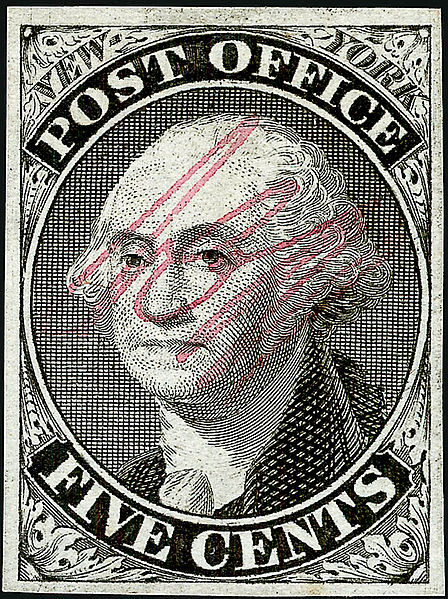



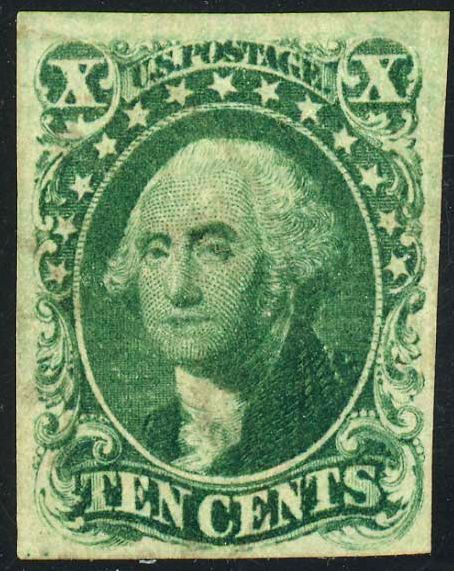
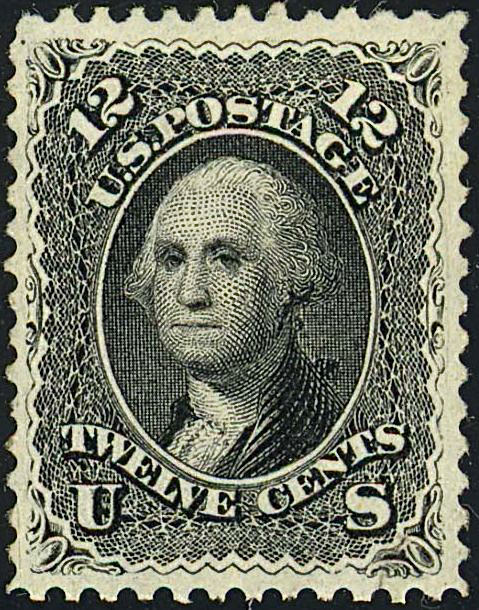
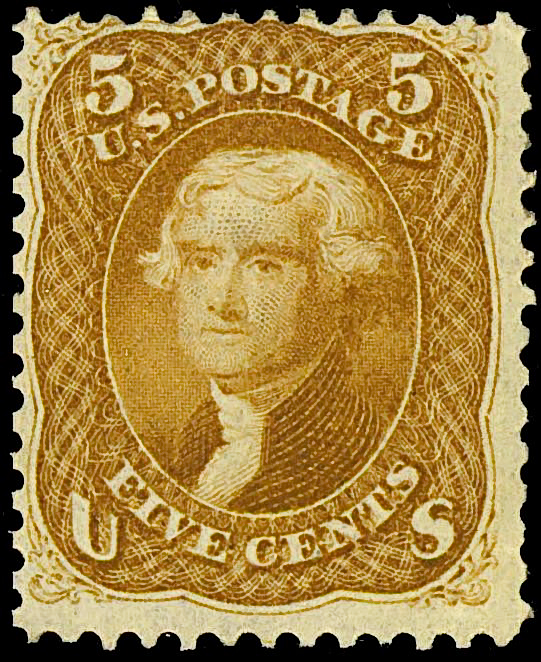
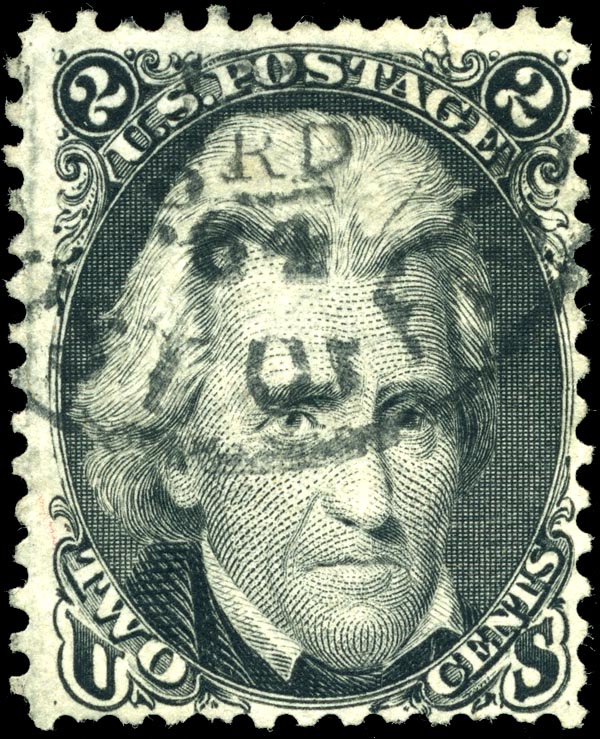
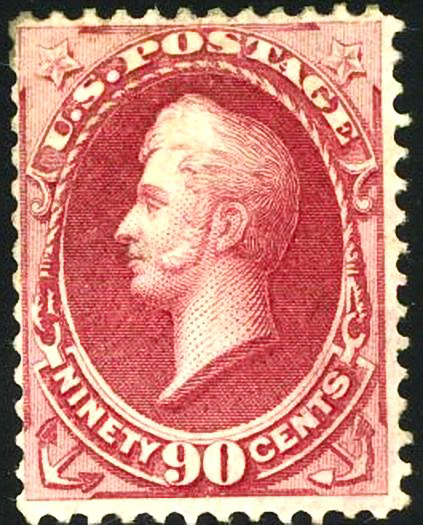
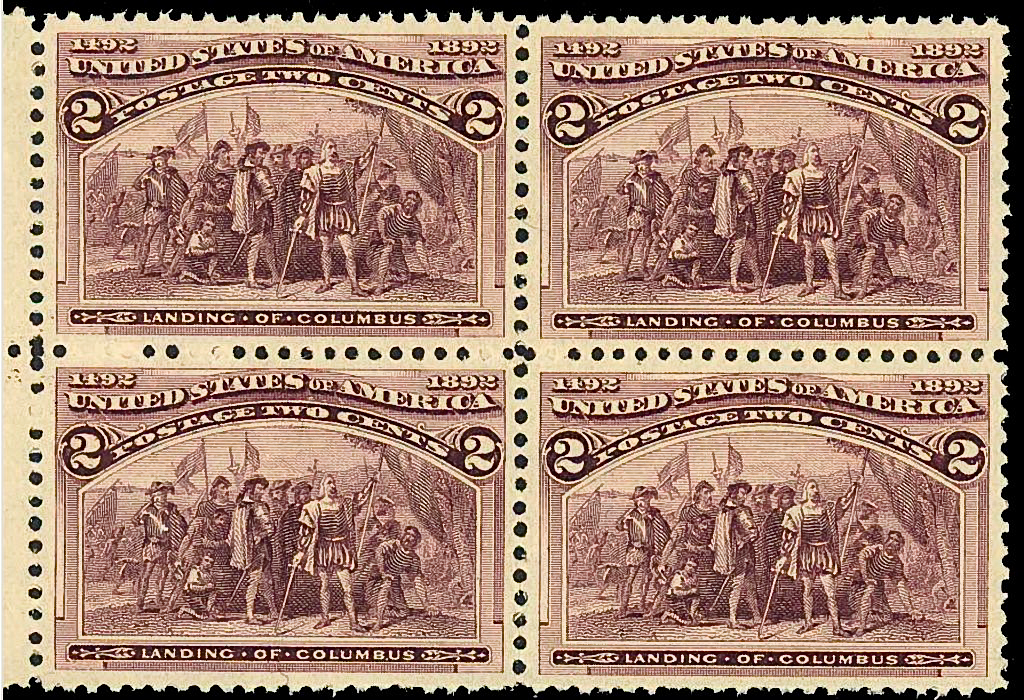
1. New York Postmaster's Provisional, 1845
2. Provisional stamp issued in St. Louis, Missouri, 1846
3. The First U.S. Postage Stamps Issued, 1847
4.Benjamin Franklin Issue, 1851
5. George Washington Issue, 1855
6. George Washington Issue, 1857
7. The "Black Jack" of Civil War Issue, 1863
8. Oliver Hazard Perry National Bank Note Issue, 1870
9. Landing of Christopher Columbus of Columbian Issue, 1893
Stamp Issue 1900's
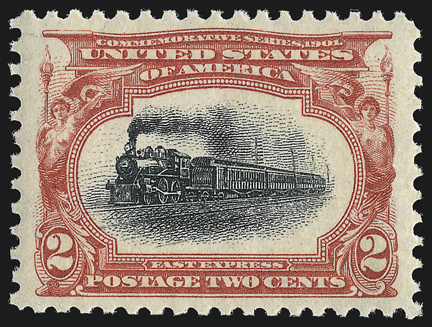

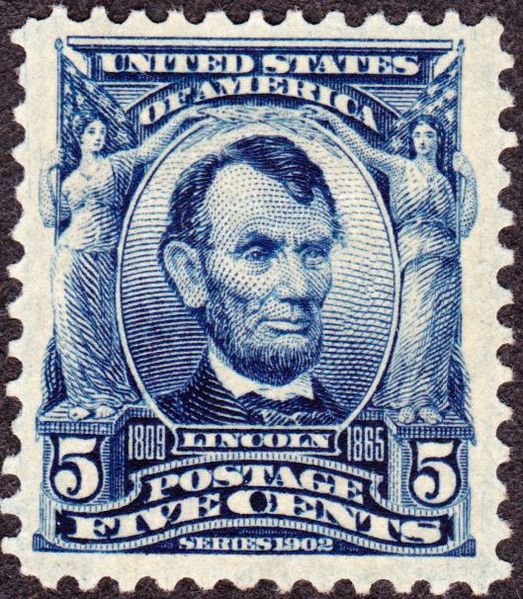
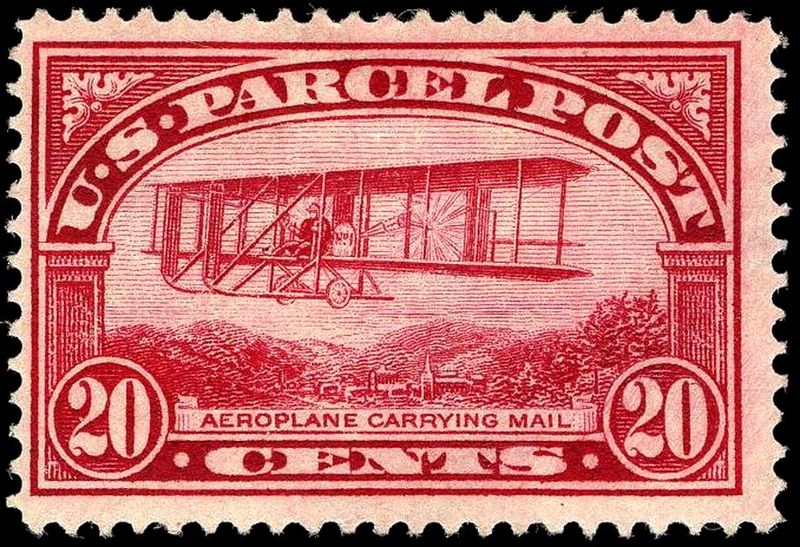

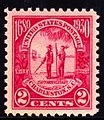
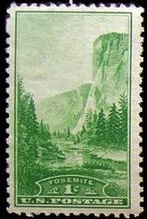
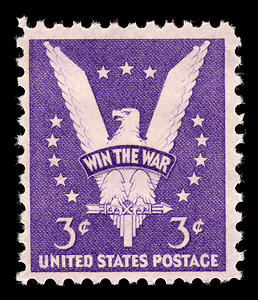
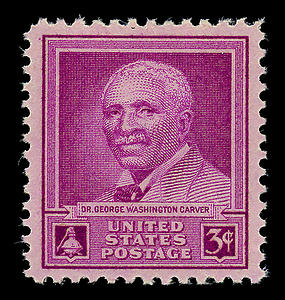
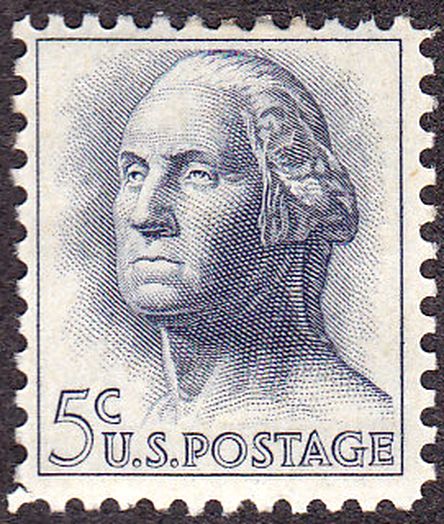
1. Pan-American Issue Issue, 1901
2. Franklin of Definitive Issue, 1902
3. Lincoln of Definitive Issue, 1902
4. Airplane Parcel Post Stamp Issue, 1912
5. Freedom of Series of Issue, 1922
6. Two Cent Red Sesquicentennial Issues, 1926–1932
7. National Parks Issue, 1934
8. World War II Commemorative Issue, 1942
8. Carver - Famous Americans Issue, 1948
9. George Washington Modern Issue, 1962